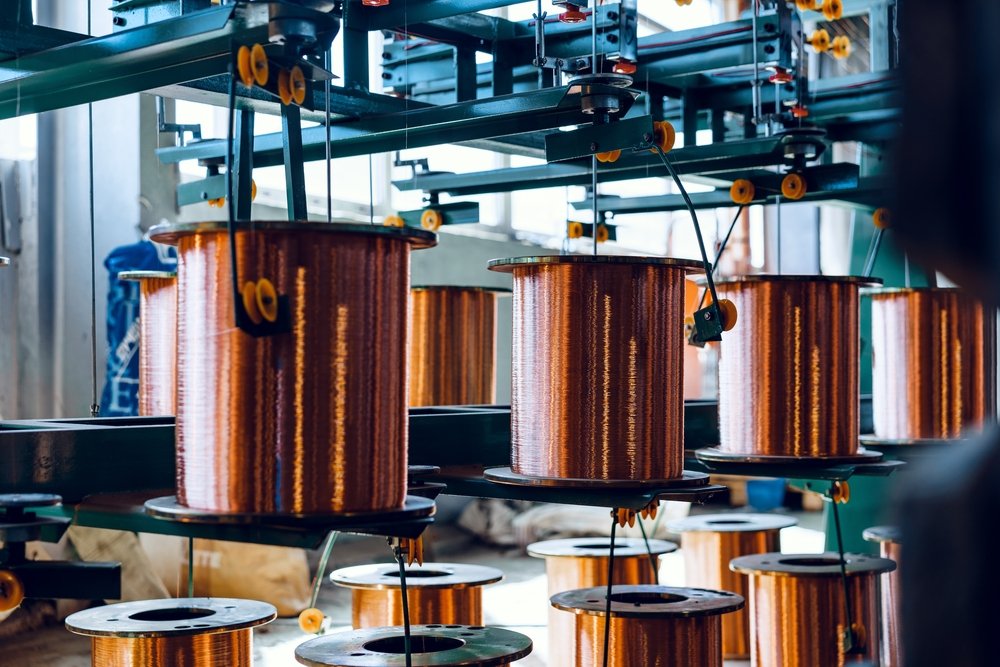The situation in South Korea is interesting: South Korean battery manufacturers could be facing a shortage of copper. Specifically, there could be a shortage of foil made from the red metal as a result of its limited supply on the global market.
Not surprisingly, copper foil is essential for the anodes of lithium-ion batteries used in electric cars, smartphones and laptops. The global market was worth an estimated $50 billion to $60 billion last year and could grow significantly in 2023.
At the same time, demand for rolled copper, cables and wires is strengthening, dragging orders for the pure metal. However, producers and traders can not fully meet them, as evidenced by the data of London Metal Exchange: if in October 2022 copper inventories in its warehouses exceeded 130 thousand tons, now they are below 92 thousand tons, forming the preconditions for the change of the price from downward to upward.
At least now the rate of depreciation of copper has clearly slowed down and we can predict that it will plateau in the next two months and then will go up from the current $8 thousand per 1 ton to $8.3-8.5 thousand by the end of September.
Generally, expectations of copper shortage in the global market are far from groundless, for example, International Copper Study Group estimates that by the end of this year it could reach 114 thousand tons. Traditionally, copper shortages are attributed to insufficient sales of copper ores and concentrates due to deteriorating conditions at long-developed deposits, equipment failures, bad weather conditions and mining accidents.
But it is worth noting that quite a few smelters located in Asia (mostly in China), Europe and North America are currently operating at reduced capacity or are idle altogether due to maintenance and overhaul work on their facilities. These take an average of two to three months to complete, depending on the complexity of the work involved and the size of the plants. Therefore, it can be assumed that there will be a large shortage of copper in 2023 – in the region of 150-160 thousand tons.
Demand for copper foil in 2023 will clearly increase due to increased production and sales of electric cars on the planet: in 2022, according to the International Energy Agency, their sales were 10 million units, in the 1st quarter of 2023 – 2.3 million units (jumping by 25% compared to January-March 2022) and by the end of this year could reach 14 million units.
On the basis of an average “content” of copper foil in an electric vehicle of 30 kg, we shall see that 300 thousand tonnes of copper foil will be used in 2022 and 420 thousand tonnes in 2023. It is no coincidence that Asian companies are racing to build new copper foil plants – SK Nexilis of South Korea will set up a plant in Poland for 50 thousand tons per year, Nuode New Materials of China – in Belgium for 30 thousand tons, its compatriot Jiayuan Technology – at home for 15 thousand tons, Nippon Denkai of Japan – in the USA for 9.5 thousand tons.
Accordingly, orders for foil will pull demand for copper and spin up copper prices, positively impacting its largest producers.






